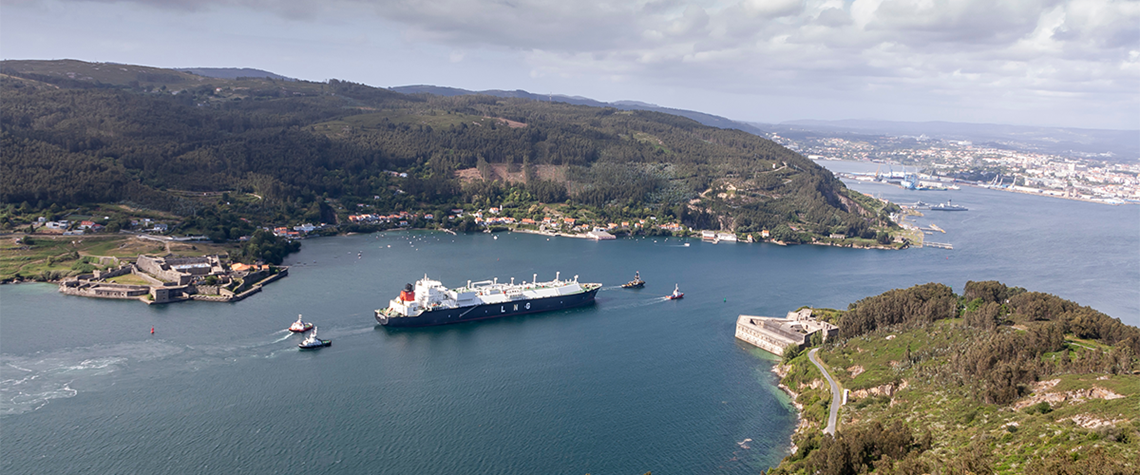Europe’s LNG buildout signals brave new world
The EU’s new gas strategy may have wriggled free of complacency and insularity, but demand destruction and chokepoints are just some of the key risk factors
Dust may not have had time to settle on the newly laid gas infrastructure across Europe before the region may have to think again on its gas strategy. The EU, no longer with the comfort blanket of Russian pipeline gas, is now operating in the globalised LNG world. New uncertain dynamics over price, demand and supply have come to the fore. Europe’s gas infrastructure buildout “might be both expensive and a necessary insurance policy”, says Ben McWilliams, energy policy analyst at thinktank Bruegel. “It is clear that Europe was complacent and did not respect the need for redundant supply/capacity ahead of the Russia cuts,” he adds. Before the war in Ukraine, the EU consumed more than 500bn m³/

Also in this section
12 December 2025
The latest edition of our annual Outlook publication, titled 'The shape of energy to come: Creating unique pathways and managing shifting alliances', is available now
12 December 2025
The federal government is working with Alberta to improve the country’s access to Asian markets and reduce dependence on the US, but there are challenges to their plans
11 December 2025
The removal of the ban on oil and gas exploration and an overhaul of the system sends all the right messages for energy security, affordability and sustainability
10 December 2025
The economic and environmental cost of the seven-year exploration ban will be felt long after its removal







